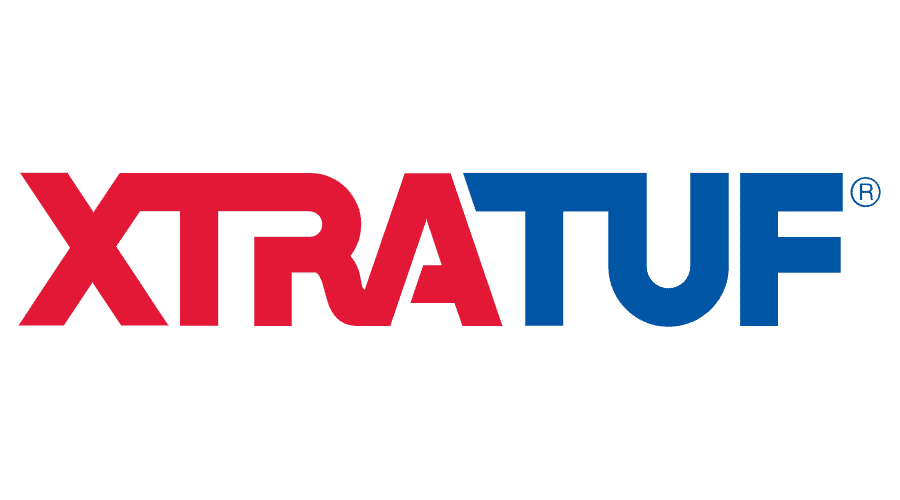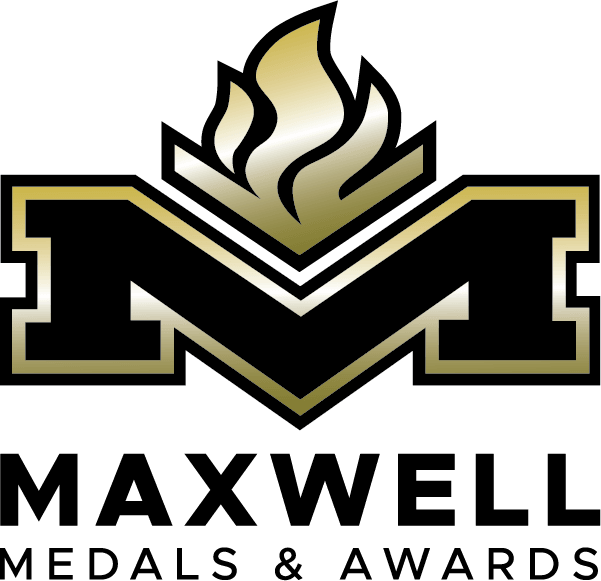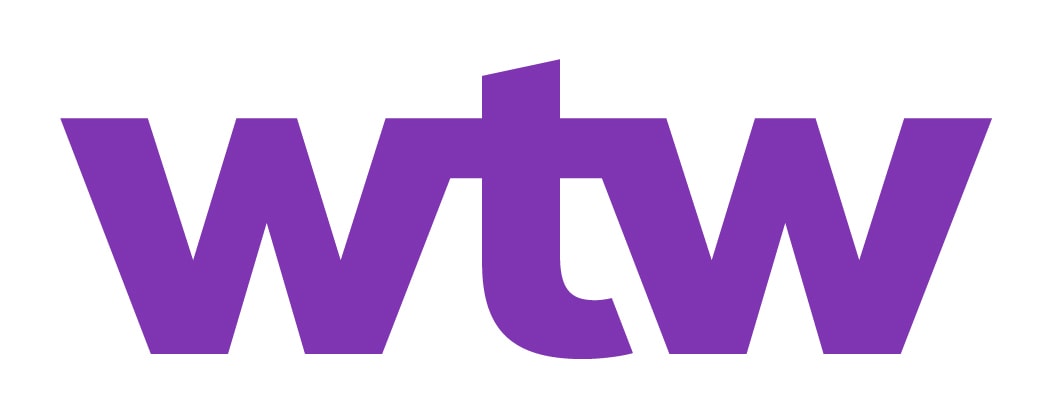Learn About Rowing

The Crew
- Bow (“Bow seat”): The rower closest to the front/bow of the boat.
- Coxswain: The person in the boat responsible for steering, safety, motivating the crew, and race strategy. The coxswain either sits in the stern or lies in the bow of the boat. Pronounced “Cox’n.”
- Engine room: The middle rowers in the boat. In an eight, seats 6, 5, 4 and 3. Often the biggest and/or strongest rowers.
- Open weight: A rower who weighs more than the restrictions for lightweight rowing.
- Lightweight: A rower whose weight allows them to be eligible to compete in lightweight rowing events. For women, weight is 130, for men weight is between 155 (or less) and 160.
- Novices: Rowers who are rowing or racing their first season. Also refers to beginners, in general.
- Port: A rower who rows with the oar on port or left side of the sweep boat.
- Sculler: A rower who rows with two oars, one in each hand.
- Seat number: A rower’s position in the boat counting from the bow. In an eight, the person closest to the bow of the boat is “bow,” the next is 2, followed by 3, 4, 5, 6, 7 and finally 8 or “stroke.”
- Starboard: A rower with the oar on starboard or right side of the sweep boat.
- Stroke (“Stroke Seat”): The rower closest to stern of the boat, responsible for stroke rate, cadence and rhythm.
The Boats
- Eight (8+): A shell with eight rowers and a coxswain. The plus sign next to the number refers to the phrase “with” meaning, with a coxswain. This is called a sweep boat.
- Four (4-) or (4+): A shell with four rowers. 4+ means a four with (with a coxswain). Coxless fours (4-) are often referred to as straight fours. The minus sign refers to, minus a coxswain. This is a sweep boat.
- Pair (2-) or (2+): A shell with two rowers. Coxed pairs (2+) are no longer rowed by most programs.
- Octuple (8x): An eight-person boat where each rower has two oars sculling, with a coxswain due to its fast speed.
- Quad (4x): A four-person boat where each person has two oars (can be with or without a coxswain). This is a sculling boat.
- Double (2x): A sculling shell with two rowers, each with two oars.
- Single (1x): A shell with one rower.
The Equipment and Parts of the Boat
- Bow: The front section of the boat. The first part of a boat to cross a finish line.
- Bow ball: The ball securely attached to a boat’s bow, IMPORTANT and required for safety but also useful in determining which boat crossed the finish line first. Bow ball to be no smaller than 4 cm diameter and white. This critical piece of safety equipment must be firmly attached or your crew will not be allowed to launch at a regatta.
- Bow number: A plastic/cardboard card holding the number assigned to the boat racing, usually denoting the order that the boat starts or the lane number of the boat.
- Cox Box: The electronic system for the boat; it functions as a microphone voice and displays stroke rate and times.
- Ergometer (erg): The indoor rowing machine. What your athlete will train on if they can’t get on the water.
- Launch: There are two definitions for launch. 1) When you shove off the dock for a practice or a race. “We’re launching in 20 minutes.” 2) A boat that the coach drives for the safety of the crew. It should contain necessary safety gear as well as any materials the coach needs for practice.
- Oar: The device one uses to pull or push the water, formerly made of wood and now usually made of carbon fiber.
- Pogie/Poagie: A type of warming mitten which allows the rower to grip the oar while keeping hands warm.
- Port or port side: The left side of the boat when facing forward.
- Rigger: The framework projecting from the side of a racing shell. The oarlock is attached to the end of the rigger. With sweep rowing, riggers typically alternate sides. Sculling boats have riggers on both sides.
- Scull: An oar made to be used in a sculling boat where each rower has two oars, one per hand.
- Skeg (or fin): Flat piece of metal or plastic that helps stabilize the shell in the water. Extends down from the keel.
- Slings: Folding portable boat holders. Two are needed to hold a boat.
- Starboard or starboard side: The right side of the boat when facing forward.
- Stakeboat: A structure of platforms or a line of launch boats at the start of a race. The shell is “backed” into the stakeboat, and once in place (or “locked on”) the person at the stakeboat holds the stern until the start.
- Stern: The rear of a shell.
The Commands
- “Back it”: To have the rowers place their blades at the release position, squared, and push the oar handle towards the stern of the boat. This motion causes the shell to move backwards. Sometimes stated as “Back It Down. “
- “Check it down”: Square the oars in the water to slow and/or stop the boat.
- “Hands on”: A coxswain says this when their crew should go to their boat and get it off the boat rack or slings. It typically means to gather around the boat...and the coxswain will give them more orders from there.
- “Heads Up”: Pay attention, watch out.
- “Hold Water”: Place the oars firmly in the water, on the square, to stop the motion. Similar to Check it down, but often more urgent.
- “Paddle”: Tells a crew to row with just enough pressure to move the boat. The paddle command is also used to bring a crew down from full pressure at the end of a workout piece or race.
- “Power 10”: The command to take 10 strokes with intensity and focus. Used for passing and moving in a race (sometimes Power 5, Power 20 or Power 30).
- “Ready all, Row”: Begin rowing.
- “Set it up”: Reminds the rowers to keep the boat set.
- “Sit ready”: Commands the crew to move to the catch with blades buried and be ready to start the race.
- “Way enough”: The command to stop whatever the rower is doing, whether it be walking with the boat on land or rowing.
Technical Terms
- Catch: The part of the stroke at which the oar blade enters the water and the rower starts to apply power to move the boat. Rowers conceptualize the oar blade as ‘catching’ or grabbing hold of the water.
- “Catching Crabs”: this is common for new rowers and something that should be expected from novice athletes at some point in their early days. It is when the oar gets stuck in the water and can disrupt the flow of the boat and/or cause the oar handle to go over the rower's head. It can be dangerous but usually it is not. “I caught a crab at practice.” A “boat-stopping crab” is one which forces the boat to stop to retrieve the oar.
- Drive: The propulsive portion of the stroke from the time the oar blade enters the water (‘catch’) until it is removed from the water (‘finish’). This part of the stroke is intense!
- Feather: To turn the oar so that its blade is parallel with the water (opposite of square).
- Finish: The very end of the stroke when the rower takes the blade out of the water and starts to move up the recovery to do it all again.
- Hot seating: When two crews share the same shell during a regatta, sometimes it is necessary for the crews to switch one or more rowers at the finish line without taking the boat from the water.
- Pair/pair partners: Often rowers are asked to work with their “pair partner” -- on and off the water. They may do drills together on the water or be paired up to work together on land. Usually this refers to the pairing of seats 1 and 2, 3 and 4, 5 and 6, or 7 and 8.
- Pause Drills: This is common for novices through elite rowers. This is rowing with a pause between each stroke to focus on a certain body posture or technique.
- Piece: What rowers call a component of their workout. A body of work, measured by time, distance or number of strokes. “We did four 2-minute pieces today.”
- Rating (or stroke rate): The number of strokes executed per minute by a crew or sculler.
- Recovery: The non-work phase of the stroke where the rower returns the oar from the release to the catch, the part of the stroke where the rower is moving up to the catch and the blade is out of the water. This is the calmest part of the stroke and a time to take a deep breath - but doesn’t really feel like a “recovery.”
- Sculling: A boat in which each rower has two oars, a single, double, quad or sometimes an octuple.
- Set: The balance of the boat. Affected by handle heights, rowers leaning, conditions, and timing, all of which affect the boat’s balance.
- Square: To turn the oar so that its blade is perpendicular to the water (opposite of feather).
- Stroke: One complete cycle including the drive and recovery.
- Sweep: A boat in which rowers have one oar each.
- Swing: A magical feeling in the boat when the rowers are driving and moving the boat as one unit. What all rowers strive for.
- Walking: When passing a boat in a competition, the coxswain announces each seat as it is passed, as in “We’re walking on them.”
Race Terms
- Head race: A long race, usually about 3 miles long (held in the fall). A race for time, the start is staggered.
- Sprint race: Races in lanes on a buoyed course. Between 1,000 and 2,000 meters.

Education
The Launch
Want to learn more about building a sustainable, safe, and welcoming boathouse? Checkout The Launch today!
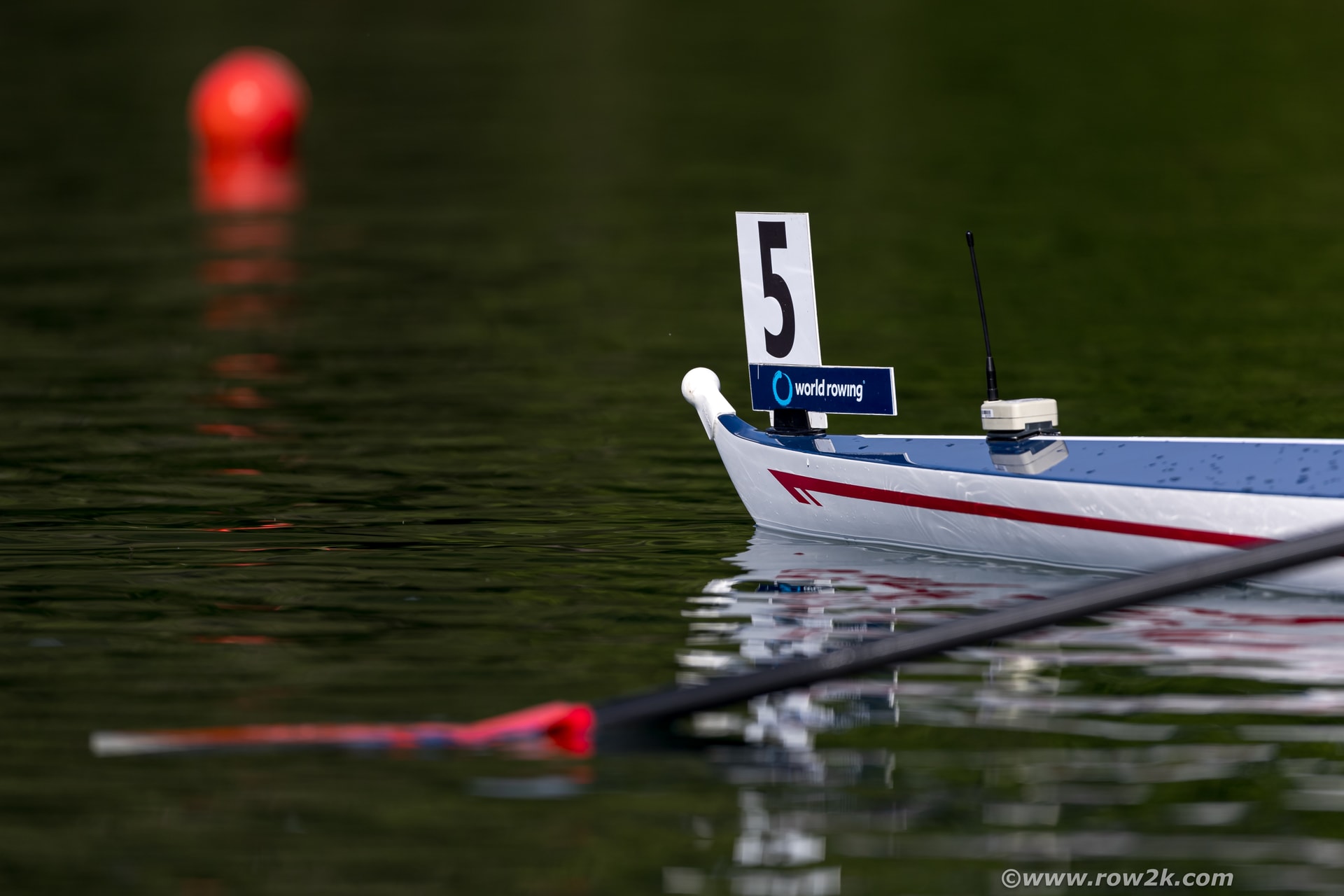
Safeguarding
Report a Rowing Safety Incident
Report incidents related to on-water rowing such as capsizing, injury, and collision.
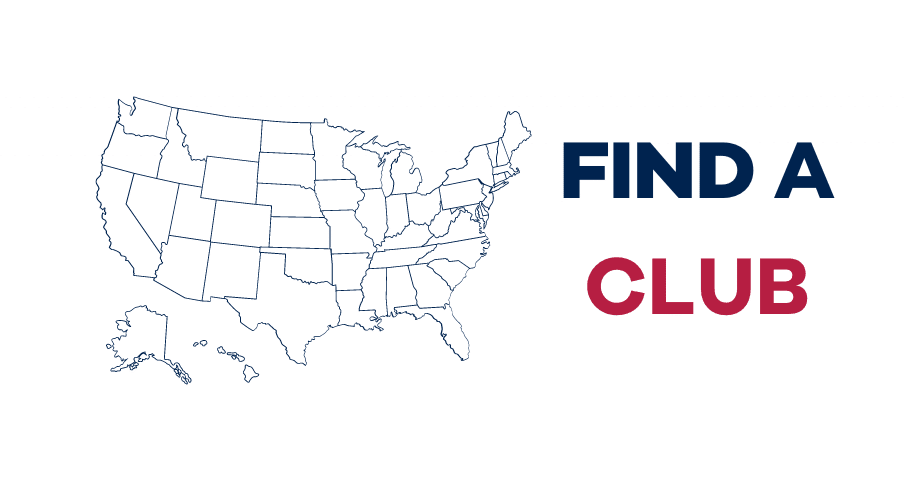
Discover
Find A Club
Whether you're looking to take your first strokes or just moved to a new area, our USRowing member clubs would love to meet you.







